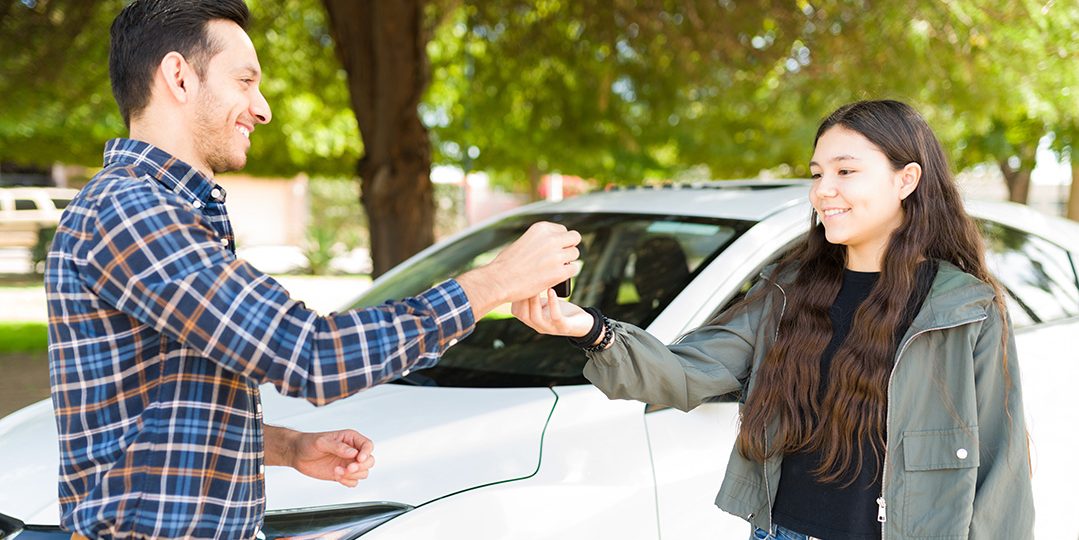
Choosing a Safe Vehicle
What to Look For in a Safe Vehicle
When it comes to safety, not all vehicles are the same.
Choosing a safe vehicle is perhaps the single most important thing you can do to protect your teen during his or her first few years of driving. Whether you are purchasing, sharing or passing down a vehicle to your teen, vehicle safety is critical to reduce the chances of your teen being seriously hurt or killed in a crash.
Important safety features
- Airbags: Probably the single most important safety feature. Side airbags are especially important for crashes from the side (e.g., T-bone crashes) and for protecting passengers. Front airbags became standard in all cars in 1999, and newer cars often have additional airbags for side impacts, rollover crashes, and rear passengers.
- Antilock Brake System (ABS): Help the driver maintain control when braking hard. Antilock brakes became standard on all vehicles in 2012, though it was found on many vehicles before then.
- Electronic Stability Control (ESC): Helps a driver maintain control of the vehicle on curves and slippery roads. It detects when the car is losing traction and automatically makes adjustments to keep the car on the road. Stability control also became standard on all cars in 2012, though some earlier vehicles have it too.
While all newer models have these features, that doesn’t necessarily mean that pre-2012 vehicles are a bad choice. For earlier models, try to find out as much as you can about the safety features that vehicle has, as some cars introduced safety technologies in earlier model years.
Types of vehicles to avoid
- Small, light vehicles: All things being equal, when a large vehicle crashes into a small vehicle, the large vehicle wins. Most cars recommended for teens are mid-size sedans or small to mid-size SUVs as they offer more protection for vehicle occupants.
- Pickup trucks and off-road vehicles: Pickups and other tall vehicles with high ground clearance are more likely to roll over in a crash.
- Sports cars: Sports cars have too much power for inexperienced drivers.
- Older or classic vehicles: While the look and/or cost of older vehicles may be tempting, vehicle crash safety has come a long way in the past several decades. When a crash does happen, newer cars are better designed and built to protect drivers and passengers thanks to crumple zones and computerized safety designs, compared to vehicles from the 90s and before.
